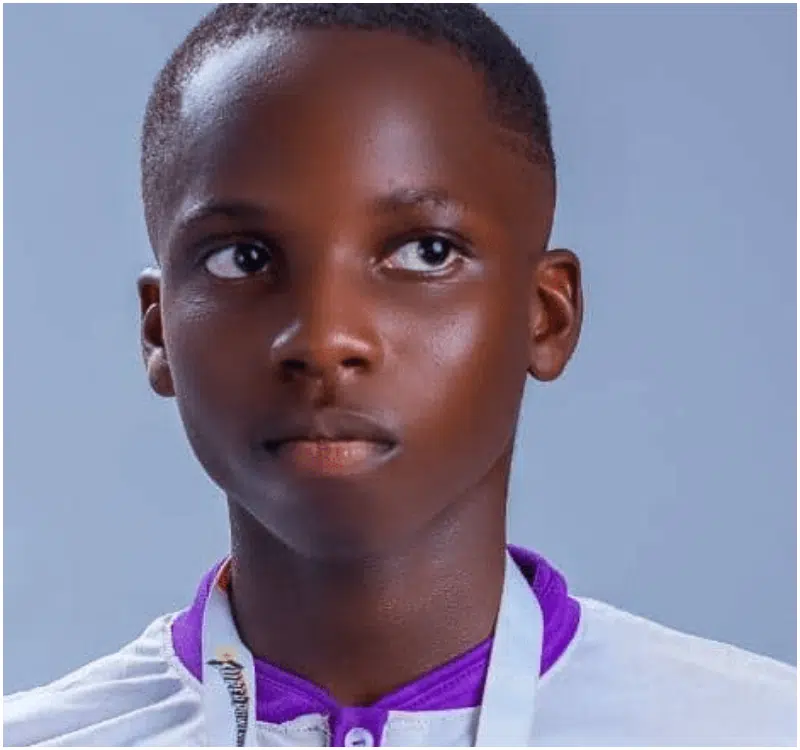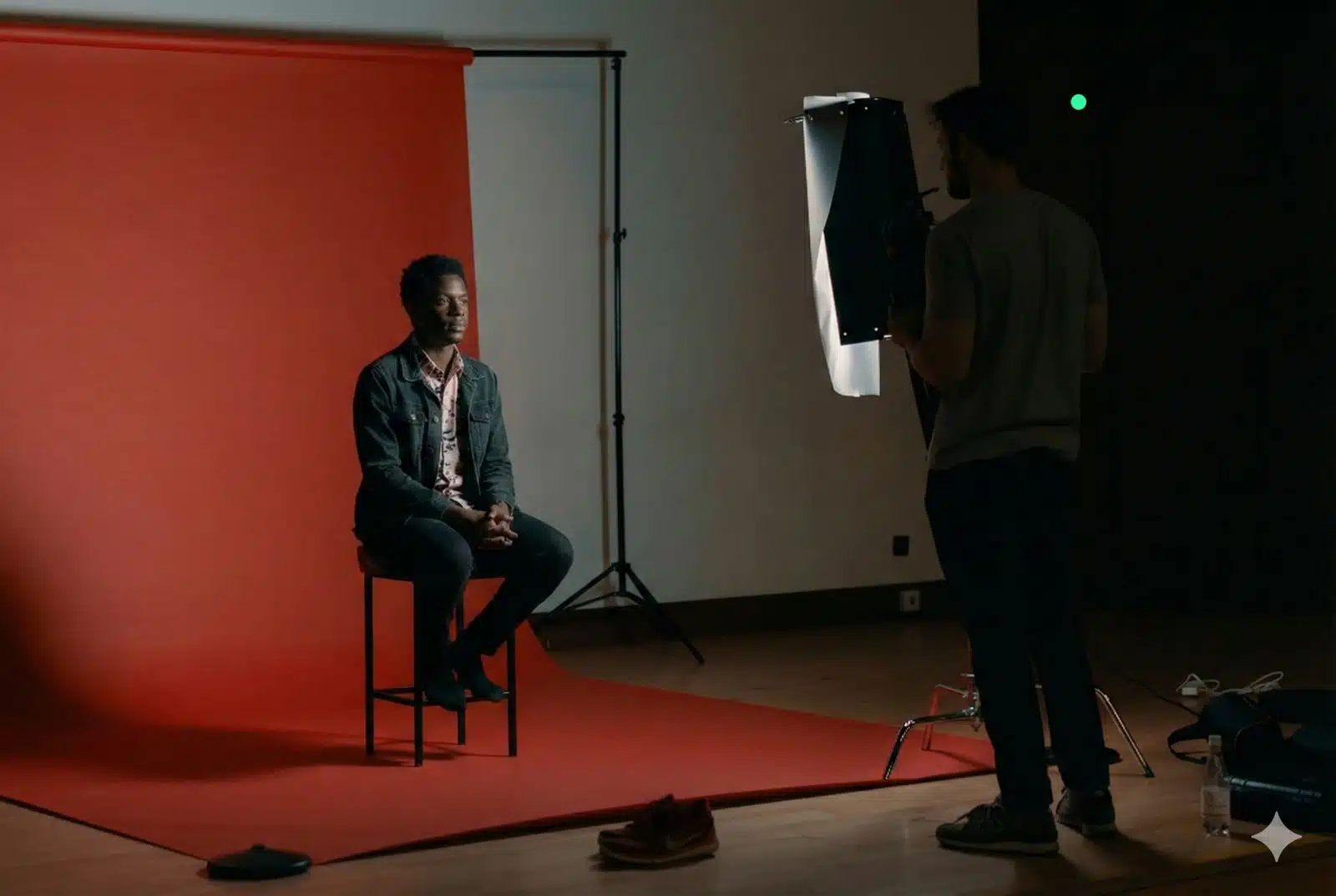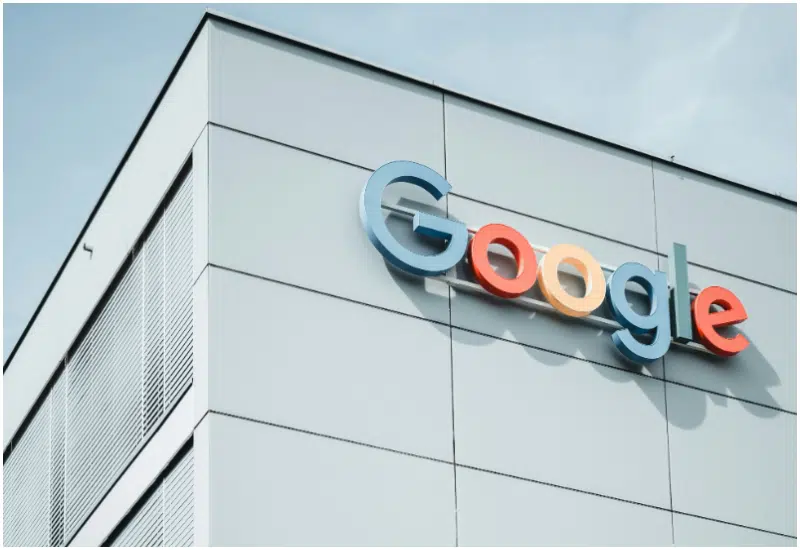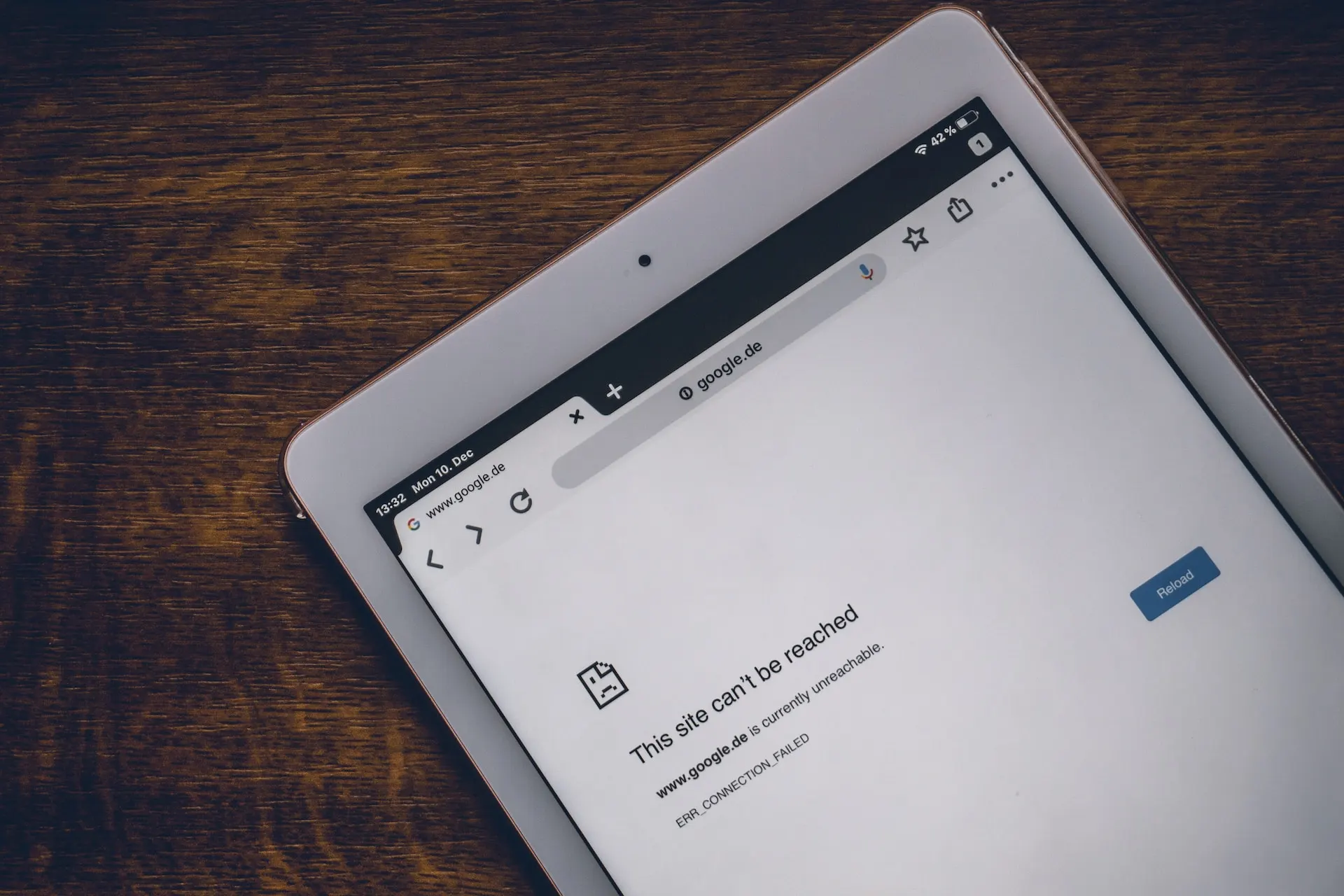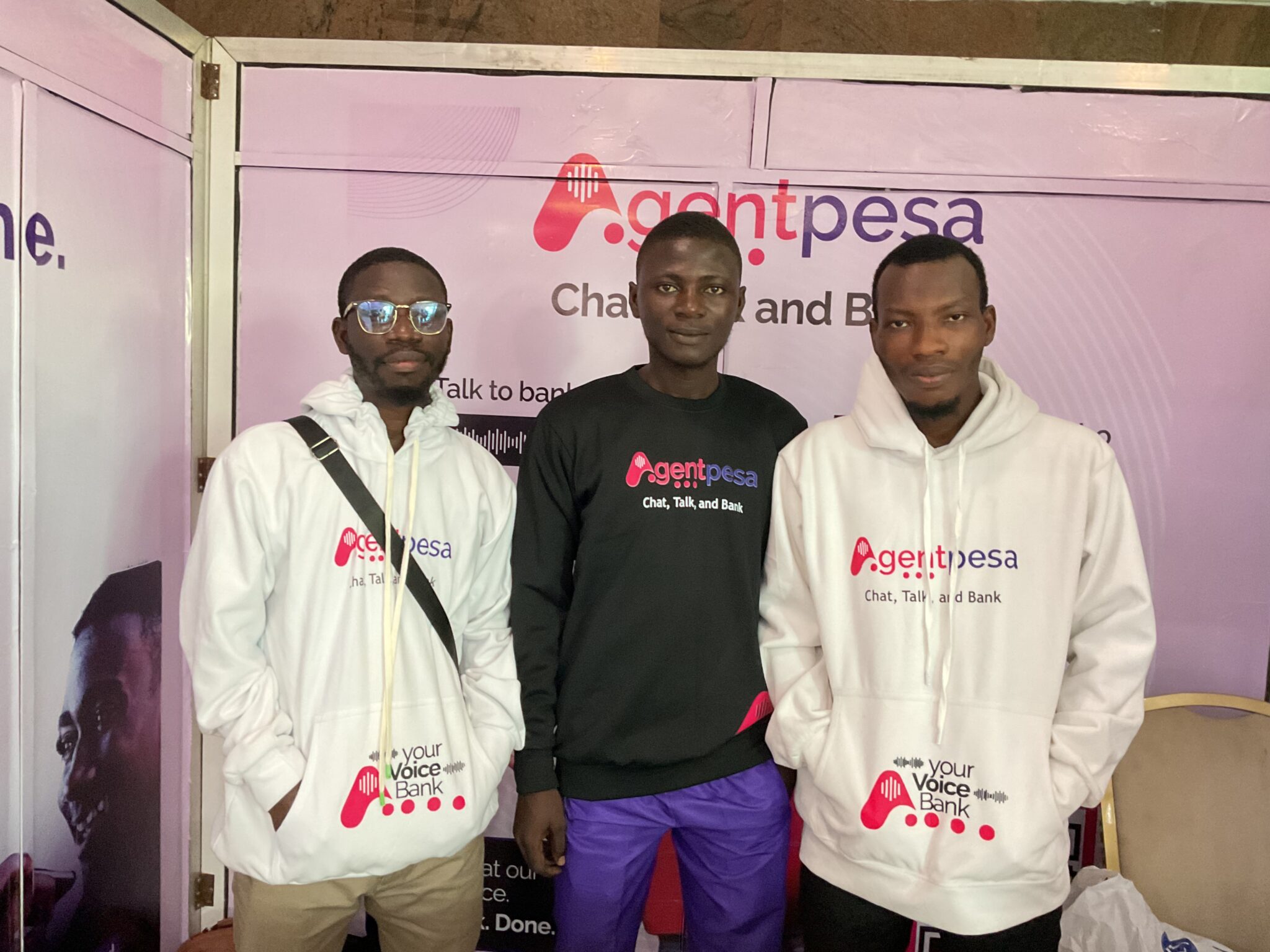By Olufemi Oguntamu
In 2023, Nigerian producer Nkasi created a nine-track Afrobeats album using AI in just three days. This, of course, captured headlines. What would traditionally require months of studio time, expensive equipment, and a team of collaborators took $500 and a burst of creative energy. His process? Part inspiration, part machine collaboration.
As artificial intelligence becomes more integrated into Africa’s creative industries, the reactions have been mixed. Some worry about job losses and the dilution of tradition. But others see something different: a new set of tools, reshaping creativity. AI is breaking barriers and expanding the possibilities of who gets to create, how, and at what scale.
Africa’s creative economy is experiencing explosive growth. It was valued at $58 billion in 2022, with Nigeria contributing an estimated $5.6 billion to GDP. The Nigerian government aims to grow that figure to $100 billion by 2030. This momentum is powered by a young, digital-first population and growing global interest in African music, film, fashion, and visual arts.
However, creating at scale still requires infrastructure, something many artists on the continent can’t always access. This is where AI is stepping in, not as a miracle fix, but as an amplifier: a creative partner that unlocks new ways of working.
Over the past year, I’ve had numerous conversations about the role of artificial intelligence in the creative process. As a media and creative strategist who actively manages and collaborates with some of the most innovative minds on the continent, I’ve come to one conclusion: AI is not here to replace creatives; it’s here to collaborate with us.
My perspective is shaped by observation and a series of conversations with creators like Malik Afegbua, a visual artist and filmmaker using AI to redefine African storytelling, and Tobi Ayeni, popularly known as Miss Techy, a boundary-breaking digital creator who brings tech closer to culture. Together, we’ve explored what it really means for AI to be a co-creator and not just a tool.
AI is not replacing creativity; it’s expanding it
One of the biggest misconceptions Malik points out is the fear that AI is “stealing jobs” or “replacing talent.” In truth, he says, AI is an addition to your existing skill, not a substitution. It enhances your capacity, not necessarily your creativity.
“If I’m a photographer and I add AI to my photography, I can offer extended backgrounds, change lighting or clothing, and deliver 100 variations of an image that used to take me hours in Photoshop,” Malik shares. It’s leverage. That’s what AI gives us.”
Simply put, the value of AI is not in doing the work for you; it doesn’t necessarily do the work for you. Its value is in amplifying what you already do well.
Tools are only as smart as the prompts behind them
Miss Techy brings a practical layer to this conversation. Her entire workflow is built around matching the right tool to the right creative challenge and knowing when to let AI assist, not lead.
“I have five AI tools open when I’m scripting. I drop the same prompt into ChatGPT, Grok, DeepSeek, Claude, and Midjourney and let them help me refine my ideas,” she explains. “But I never copy and paste. My human voice still leads the story.”
She likens AI to having a super-assistant who doesn’t sleep. Whether she’s generating images to pitch a concept to a brand or refining a viral script, AI is there to support and not replace the core of her creativity.
This is where the real difference lies: intentionality. AI gives you speed and scale. But meaning still comes from you.
Storytelling that stays human
Both Malik and Miss Techy emphasise something that I believe is non-negotiable in this new era: your human element must lead.
It’s easy to let AI write, design, edit, and even voice your content. But what makes any story resonate is its origin, your lived experience, your insight, your emotion. AI can’t replicate that. And when creators rely too heavily on generic prompts without personality, the result is equally forgettable.
That’s why Malik’s ground-breaking film, The Making of a Mission, stands out. It wasn’t just AI-generated; it was artistically directed, with vision, emotion, and intention.
And why Miss Techy’s content, even when supported by ChatGPT or Midjourney, still feels like her. You’re not just watching something efficient; you’re watching something true.
Balancing innovation with equity
But there’s a deeper layer to all of this, especially for African creatives: access and inclusion. Miss Techy puts it plainly:
“Yes, AI is leveling the playing field for those who have access. But it’s also creating a new kind of divide – between those who know and those who don’t.”
In Lagos, Nairobi, and Accra, creators are producing cinema-level visuals and world-class campaigns with little more than smart prompts and big vision. But many others are left behind because of a lack of access: to tools, the Internet, training, and community.
As we adopt AI, we must also advocate for inclusive creativity, one where everyone, regardless of background, can experiment, learn, and innovate.
Because the power of this technology isn’t in the tools themselves, it’s in whose hands they’re placed.
We are the voice; AI is the echo
So, where does this leave us?
Personally, I see AI as a mirror and a multiplier. It reflects your creative vision and helps you scale it faster than ever before. But it cannot originate that vision. That comes from culture, experience, and soul.
What creators like Malik Afegbua, Miss Techy, and many more are doing is not just using AI. They’re collaborating with it, building something new that fuses human authenticity with machine capability.
This is the era of creative partnership. And in this partnership, our job as storytellers, strategists, media leaders is to remain human-first. Let AI accelerate us, not define us.
Olufemi Oguntamu is a media and creative strategist focused on the future of content, culture, and technology across Africa. He manages and collaborates with leading creators to shape the stories that move people.




